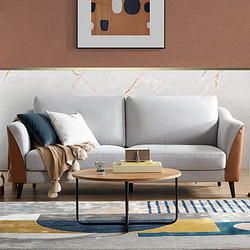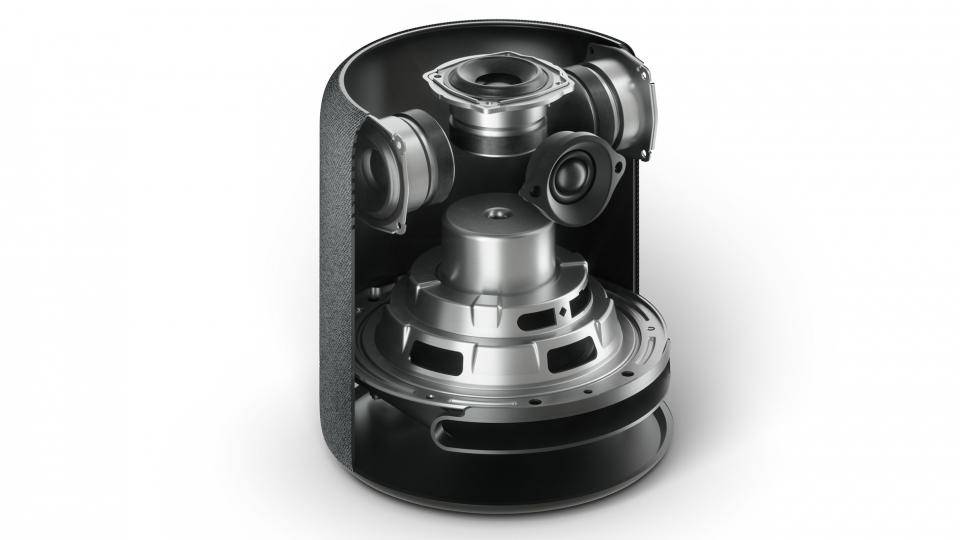At an event on Tuesday in New York City featuring former U.S. Olympians such as NBA Hall of Famer Scottie Pippen, Nike unveiled the gear that will be outfitting athletes wearing the label at the Summer Olympics in Rio de Janeiro. The gathering showcased items one would expect from a major sports brand—such as new jerseys for soccer and basketball—yet there were several innovative designs that are sure to turn heads in Brazil.
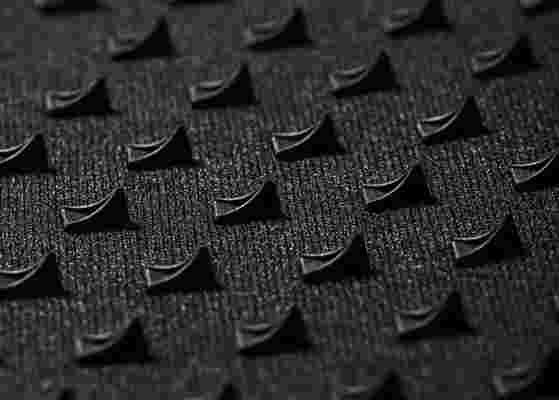
A closer look at the technology.
The first is Nike’s AeroSwift technology, adhesive patches that are added to runners’ forearms and legs to improve wind resistance by helping to reduce drag. “We came up with the concept in the same way we brainstorm all of our ideas, and that was by sitting down with our athletes and figuring out how we can better enhance their performance through their gear,” says Nike apparel concept director Michelle Miller. “We spent hundreds of hours in wind tunnels testing our various geometry options to get to the optimal shape.” Nike first rolled out the technology at the 2012 London Olympics, but the first-generation versions looked different and “admittedly, weren’t as advanced,” says Miller. “That’s what four additional years of research and development will do.” The patch is made of a soft silicon material that “for a sprinter, is the difference between not making the podium or winning a medal.”
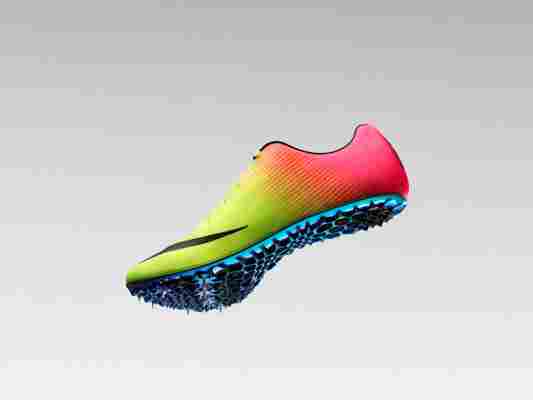
The Nike Zoom Superfly Elite.
The Nike Zoom Superfly Elite is a shoe that will be worn by track and field athletes. Nike worked with two-time Olympic gold medal winner Shelly-Ann Fraser-Pryce of Jamaica. “Our goal was to make her one mile per hour faster,” says Bret Schoolmeester, Nike’s innovation director. “We know that when the foot flexes, athletes waste a little energy and time, so by making the foot stiffer, we are able to add propulsion.” Nike turned to computer software to develop a stiffer sole. The result is a bizarrely beautiful design that at times looks like honeycomb, bark, or crystals—in other words, some of the strongest substances on the planet. “This sole is four times stiffer than what the athletes were wearing in London while half the weight,” says Schoolmeester.
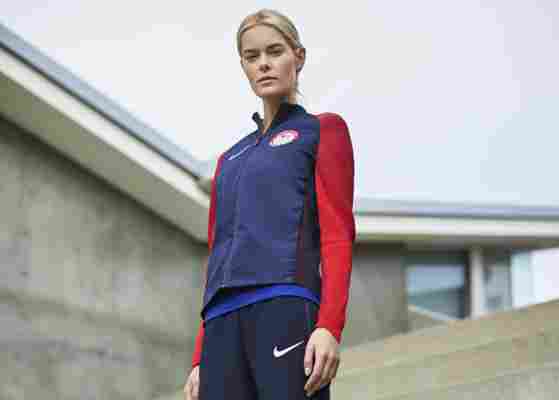
The NikeLab Dynamic Reveal Jacket.
The NikeLab Dynamic Reveal Jacket will be worn by athletes before and after competitions, as well as on the medal stands. “We had to come up with a design that wasn’t excluding any body size,” says Miller. “So that means something that works for a female gymnast and a male basketball player.” Nike’s designers engineered a breathable knit that can stretch easily and comfortably mold to different body types. The most striking element of the jacket is the sleeves, which change colors as the athletes move their arms. “The visual inspiration came from two places,” says Miller. “One was trying to find a way to showcase the various colors of a nation’s flag.” This makes sense as nationalism, particularly on the medal stand, is vital. “And the second actually came from studying iridescent beetle shells. As the beetle moves, you can see different colors in its shell. It’s the same with the colors of the sleeves when the athlete moves.”
An angle of the jacket’s back, with the sleeve bent to show the different colors.

